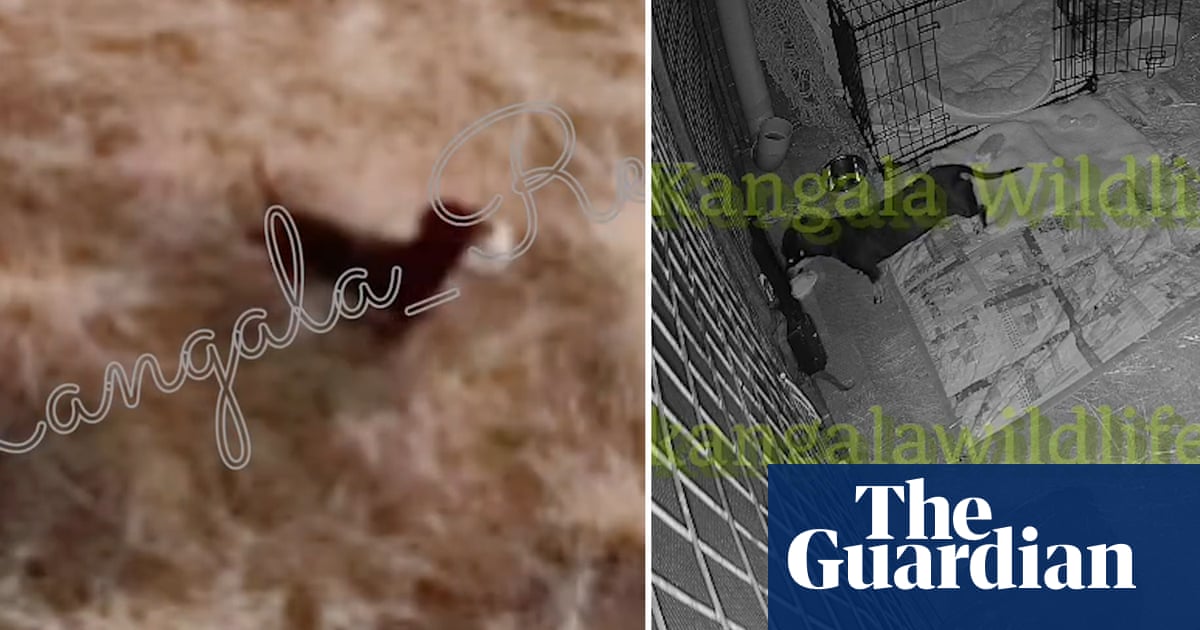From Tuesday to Saturday, Andrea Legri makes approximately three kilos of sausage a day for his stall on Testaccio market. At about nine on any given morning, he may well be in the back section of the stall, which is visible through glass, his hands steadying the tabletop machine that feeds the minced pork into opaque casings. If ordered in advance, Andrea will also prepare sausages al punto di coltello (point of the knife) – that is, the meat cut by hand, which, paradoxically, manhandles it less and makes a colossal difference, producing a juicier, chewier sausage. One customer, who has been a regular for decades and with whom I am on dog-walking-nodding terms, quite regularly orders 3kg of hand-cut sausages for his family.
Andrea is a third-generation butcher: his grandfather took on the stall in the late 1950s, when Testaccio was still a slaughterhouse district, and passed it on to his son, Franco, who was later assisted by his own son, Alessandro, Andrea’s brother. While Andrea grew up around the stall, skill and trade, and worked there at weekends from the age of 18, he trained as a mechanic. Everything changed in 2018, though, when Franco, a central figure at the market, passed away, and the brothers reorganised: Alessandro took on a role at another butcher, and Andrea, who had just turned 30, took over the stall. Also in the back section, above the ventilator, is a small frame containing family photos, while on the worktop is a recipe book titled Il Macellaio di Roma Capitale Suggerisce (A Butcher of Rome Suggests), which includes Franco’s recipes and was produced by the guild of butchers in the early 1980s, with all profits going to families in need.
The recipe for sausages, however, is in Andrea’s head. He uses a 2:1 mixture of capocollo (pig’s neck) and arista (pork loin) that, for him (and his customers), provides the correct amount of fat: about 10% a kilo. To every kilo of pork he adds 10g salt, pepper and very finely minced garlic, plus about 60g of sparkling mineral water, the carbonic acid in which acts as an extremely effective preservative. Andrea produces long, fat lengths of sausage, which can be cooked in a whirl or cut into whatever length you like. Rather like Cumberland sausages, which would also be excellent in today’s dish, although any good meaty sausages will do for what I am not going to call a recipe but “a way” of cooking sausages and chicory that sees a fabulous transformation of leaves from crisp to floppy, full of flavour and sweet. Working on the principle that the average weight of a sausage is 80g, and I calculate for two per person, you either want about 640g cumberland or other long sausage, or eight individual ones.
Mashed potato would be good here. And make sure there is at least four inches of sausage left over to be eaten cold the following day.
Sausages and chicory
Serves 4
Olive oil
8 sausages
2 heads of radicchio, or 4 of white chicory
100ml white wine
Balsamic vinegar, or grape must saba, to finish
Heat the oven to 190C (170C fan)/375F/gas 5, and choose an ovenproof dish that’s large enough to hold the sausages and radicchio in more or less a single layer. Rub the dish with olive oil. Cut the radicchio into quarters lengthways; if using white chicory, cut them in half.
Put the sausages in the dish and turn a few times to coat them with the oil. Put the dish in the hot oven and, after about 10 minutes, turn the sausages, pour the wine over the top, and give them another five minutes in the oven.
Pull the dish from the oven, turn the sausages again, then arrange the radicchio or chicory wedges all around the sides (don’t worry if they cover the sausages a bit). Return to the oven for another 15-20 minutes, in which time the leaves will collapse and the sausages take on some colour. Take out of the oven, then, depending on how sweet the leaves have become and your own taste, decide how much (little or no) balsamic vinegar or saba to splash over them. Serve immediately.

 2 months ago
74
2 months ago
74

















































